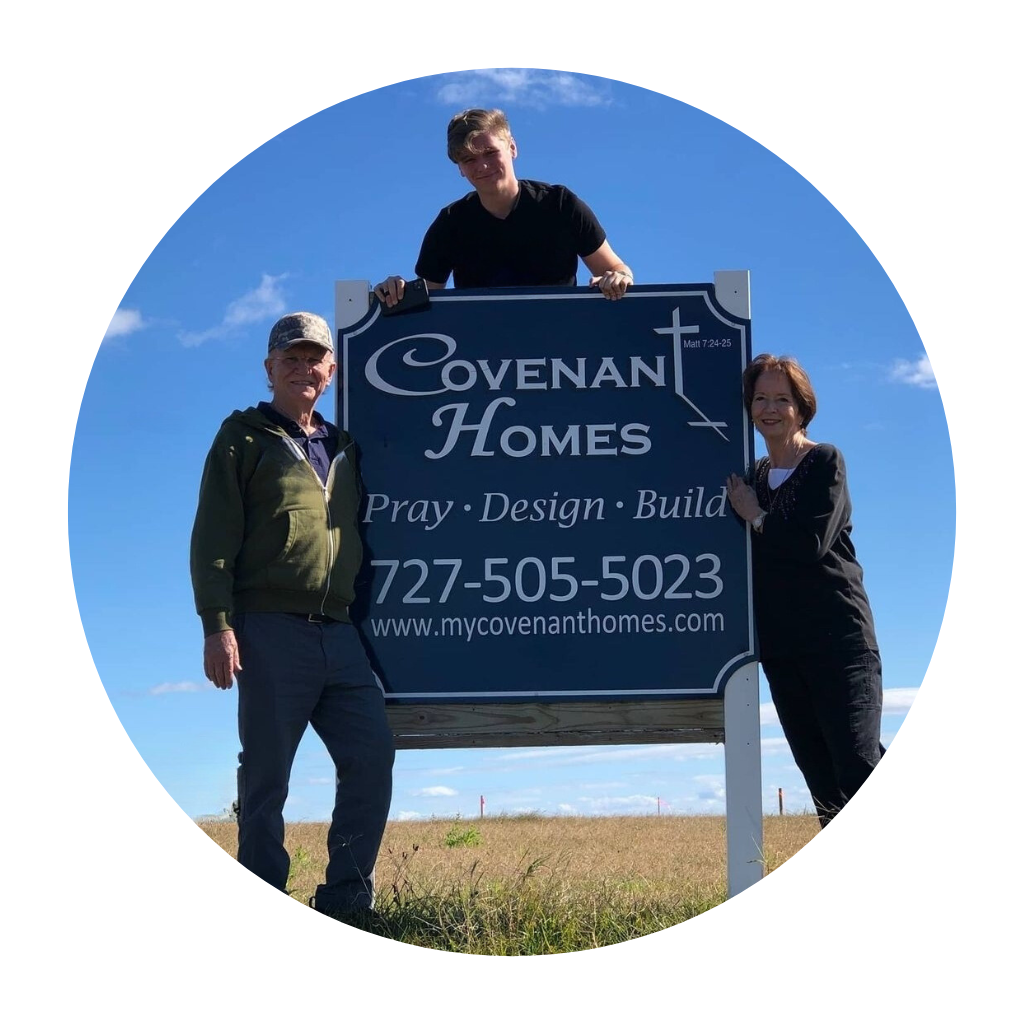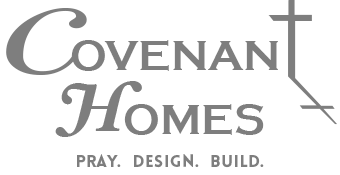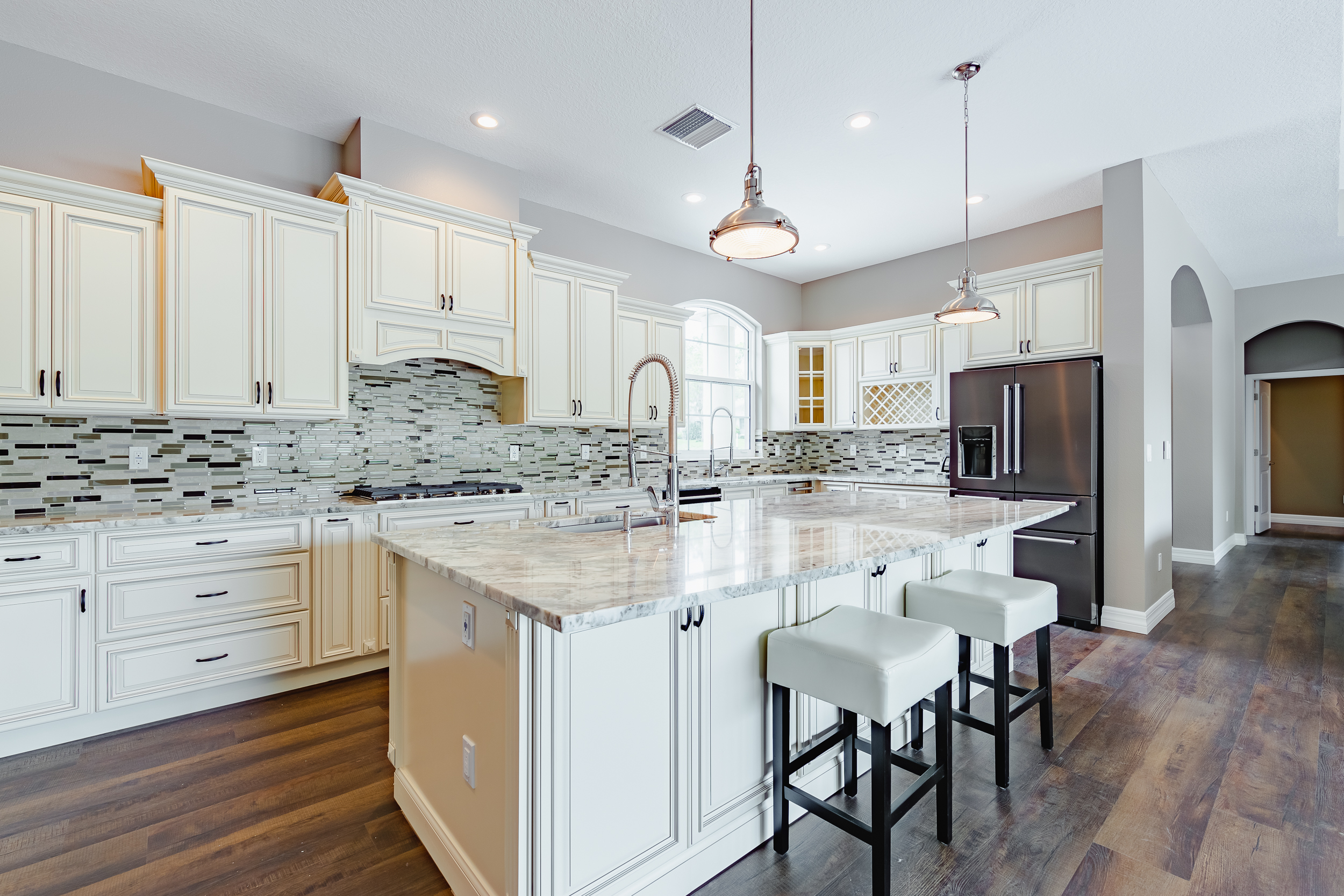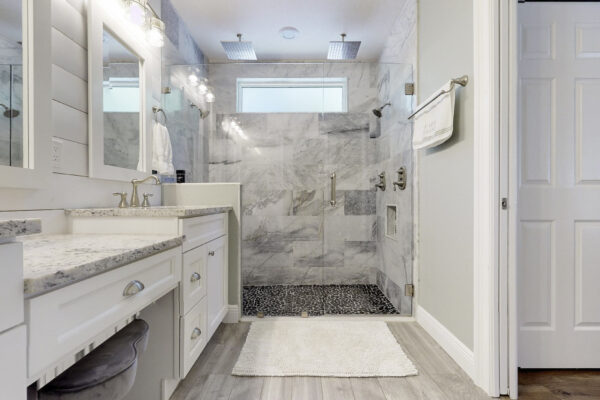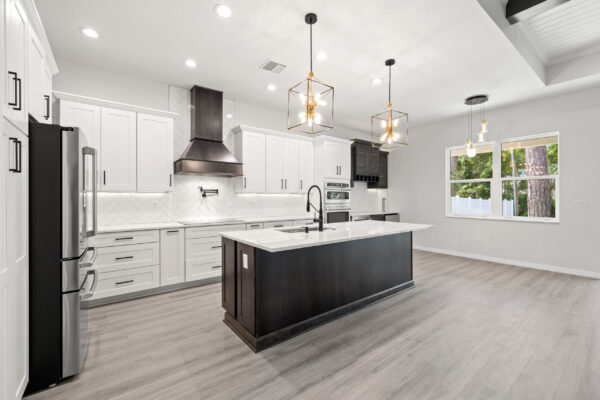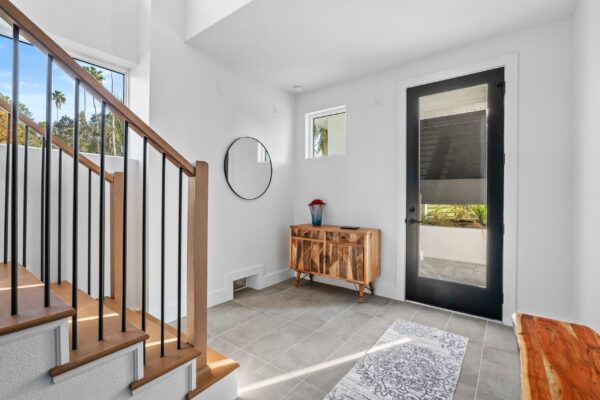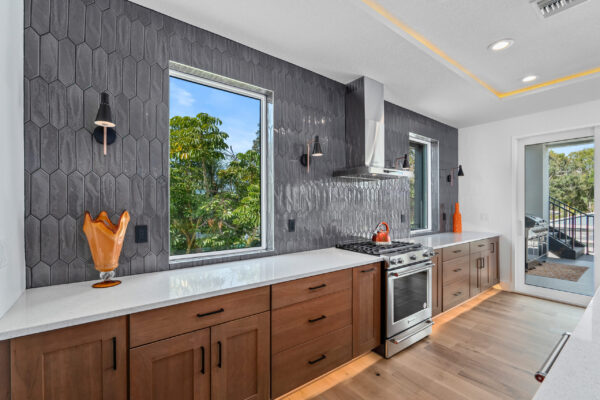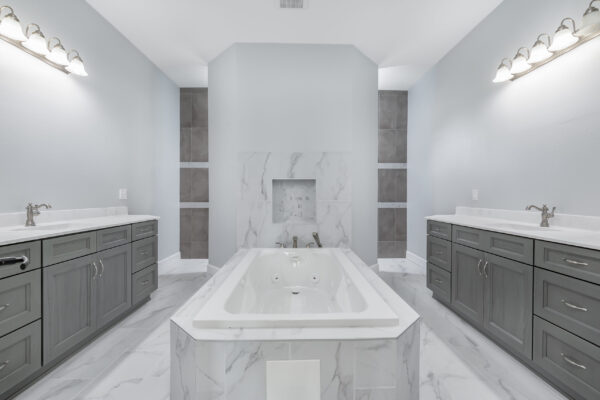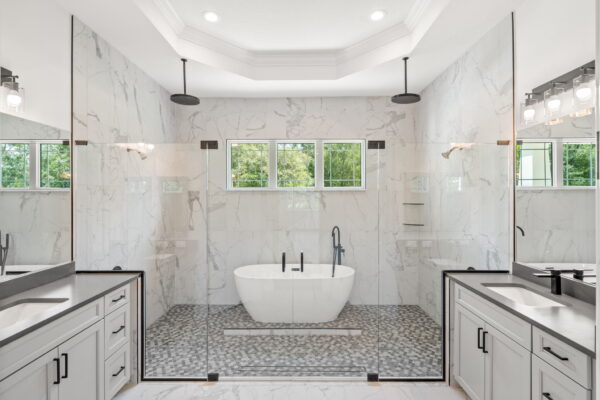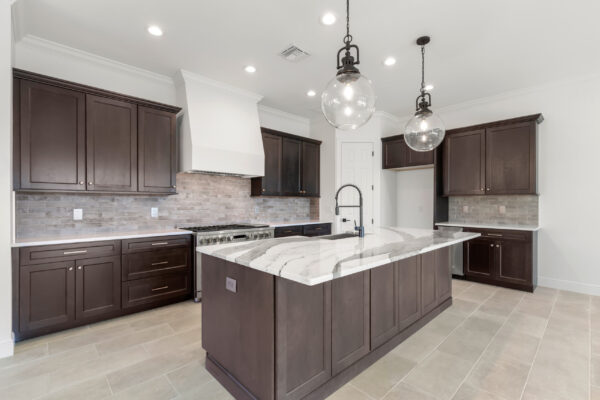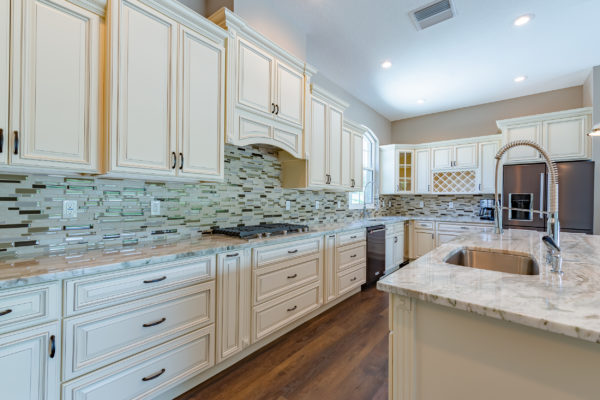For more than 30 years, Covenant Homes has been building homes in St. Petersburg, FL. Our design flexibility and personal touch makes us unique from other home builders in St. Petersburg, because we listen to your ideas and ensure your home is just the right fit for you.
Build a Custom Home in St. Pete
St. Petersburg is a city on Florida’s gulf coast, part of the Tampa Bay area. It’s known for its pleasant weather, making it popular for golfing, boating, fishing and beachgoing. Its waterfront parks host the Dali Museum, the Museum of Fine Arts, and Mahaffey Theater.
Having designed and built many coastal custom homes in the past 30+ years, we would recommend one of the following floor plans for the St. Petersburg area. Any of our floor plans can be customized to fit your needs. Whether you have beachfront or waterfront property, or you would like a coastal charm design, one of our custom coastal floor plans will work for St. Pete.
Covenant Homes offers 27 coastal-style floor plans with more coming soon. Take a look at a few of our customer favorites below or click on the link to browse all of the coastal floor plans we offer.
Why Choose Covenant Homes
If you are looking for a custom home builder in St. Petersburg, contact Covenant Homes to learn how our Realtor partners can help you find the perfect lot to build your dream home.
Key Considerations for a Coastal Home
When evaluating a site for your custom coastal home, there are some key factors to consider to make sure you’re choosing the perfect spot for your dream home.
Understanding Flood Zones
Coastal Zones Explained
- AE Zone: The AE zone is typically found in areas that are subject to flooding during a 100-year flood event, which has a 1% chance of occurring in any given year. Buildings in this zone are required to have their lowest floor elevated to at least one foot above the Base Flood Elevation (BFE). This helps minimize flood damage while ensuring compliance with local building codes and insurance requirements. Sometimes flood compensation requirements are involved so a civil engineer should be consulted to determine the feasibility of these requirements.
- V Zone: The V zone, or Velocity zone, is located in areas where wave action can cause significant flooding and erosion during storms. Structures in this zone must be elevated to a height that is at least one foot above the BFE, and they must be supported by pilings, columns, oversized footers, and breakaway walls. This design is crucial to withstand the forces of moving water and reduce the risk of structural damage.
- Coastal A Zone: The Coastal A zone is an intermediate area between the AE and V zones, where wave action is less severe but still poses a flood risk. Structures in this zone are also required to be elevated above the BFE, though the exact height requirements can vary based on local regulations. The building requirements for Coastal A zones are very similar to those required in VE zones.
- Conclusion: Understanding these zones is essential for coastal home building. At Covenant Homes, we are committed to guiding our clients through the complexities of coastal construction to ensure that their homes are safe, resilient, and tailored to their needs.
Soil Composition
Water-adjacent properties often have varying soil compositions, such as sand, silt, clay, and organic material, which can significantly impact the stability and suitability for construction. A geotechnical report provides a detailed analysis of the soil composition. This report is required when the property is in a coastal flood zone as it has an effect on the design and cost to build.
Environmental Considerations
Assess any environmental restrictions or protected areas, such as wetlands, that may impact construction.
Custom Foundation Solutions
Building near or on the water may require specialized foundation techniques like pilings, piers, or deep foundations. The geotechnical report provides essential data to design these foundations correctly.
See the coastal home builder page for all of the details. Browse through our gallery of custom coastal homes to see the homes our design team has built.
